Martin Vinck
@martinavinck.bsky.social
Computational and systems neuroscience, data analysis, machine learning, neurophysics
Reposted by Martin Vinck
New preprint:
Neural manifolds that orchestrate walking and stopping
Here we develop a new theory for neural generation of walking and how it can stop- Next we test the theory using Neuropixels probes in the lumber spinal cord of freely moving rats. See more:
www.biorxiv.org/content/10.1...
Neural manifolds that orchestrate walking and stopping
Here we develop a new theory for neural generation of walking and how it can stop- Next we test the theory using Neuropixels probes in the lumber spinal cord of freely moving rats. See more:
www.biorxiv.org/content/10.1...

November 9, 2025 at 9:33 PM
New preprint:
Neural manifolds that orchestrate walking and stopping
Here we develop a new theory for neural generation of walking and how it can stop- Next we test the theory using Neuropixels probes in the lumber spinal cord of freely moving rats. See more:
www.biorxiv.org/content/10.1...
Neural manifolds that orchestrate walking and stopping
Here we develop a new theory for neural generation of walking and how it can stop- Next we test the theory using Neuropixels probes in the lumber spinal cord of freely moving rats. See more:
www.biorxiv.org/content/10.1...
Reposted by Martin Vinck
🚨🧠🚨 POSTDOC POSITION 🚨🧠🚨 in my lab: www.ru.nl/en/working-a... Connectivity in Working Memory. Deadline 12 Nov! Apply via website; please repost.

Postdoc Position: Neural Circuitry Underlying Working Memory | Radboud University
Do you want to work as a Postdoc Position: Neural Circuitry Underlying Working Memory at the Faculty of Social Sciences? Check our vacancy!
www.ru.nl
November 9, 2025 at 9:17 AM
🚨🧠🚨 POSTDOC POSITION 🚨🧠🚨 in my lab: www.ru.nl/en/working-a... Connectivity in Working Memory. Deadline 12 Nov! Apply via website; please repost.
Reposted by Martin Vinck
Please repost! I am looking for a PhD candidate in the area of Computational Cognitive Neuroscience to start in early 2026.
The position is funded as part of the Excellence Cluster "The Adaptive Mind" at @jlugiessen.bsky.social.
Please apply here until Nov 25:
www.uni-giessen.de/de/ueber-uns...
The position is funded as part of the Excellence Cluster "The Adaptive Mind" at @jlugiessen.bsky.social.
Please apply here until Nov 25:
www.uni-giessen.de/de/ueber-uns...

November 4, 2025 at 1:57 PM
Please repost! I am looking for a PhD candidate in the area of Computational Cognitive Neuroscience to start in early 2026.
The position is funded as part of the Excellence Cluster "The Adaptive Mind" at @jlugiessen.bsky.social.
Please apply here until Nov 25:
www.uni-giessen.de/de/ueber-uns...
The position is funded as part of the Excellence Cluster "The Adaptive Mind" at @jlugiessen.bsky.social.
Please apply here until Nov 25:
www.uni-giessen.de/de/ueber-uns...
Reposted by Martin Vinck
Now in PRX: Theory linking connectivity structure to collective activity in nonlinear RNNs!
For neuro fans: conn. structure can be invisible in single neurons but shape pop. activity
For low-rank RNN fans: a theory of rank=O(N)
For physics fans: fluctuations around DMFT saddle⇒dimension of activity
For neuro fans: conn. structure can be invisible in single neurons but shape pop. activity
For low-rank RNN fans: a theory of rank=O(N)
For physics fans: fluctuations around DMFT saddle⇒dimension of activity

Connectivity Structure and Dynamics of Nonlinear Recurrent Neural Networks
The structure of brain connectivity predicts collective neural activity, with a small number of connectivity features determining activity dimensionality, linking circuit architecture to network-level...
journals.aps.org
November 3, 2025 at 9:47 PM
Now in PRX: Theory linking connectivity structure to collective activity in nonlinear RNNs!
For neuro fans: conn. structure can be invisible in single neurons but shape pop. activity
For low-rank RNN fans: a theory of rank=O(N)
For physics fans: fluctuations around DMFT saddle⇒dimension of activity
For neuro fans: conn. structure can be invisible in single neurons but shape pop. activity
For low-rank RNN fans: a theory of rank=O(N)
For physics fans: fluctuations around DMFT saddle⇒dimension of activity
Reposted by Martin Vinck
Timely by Xiao-Jing Wang
Bifurcations—an underexplored concept in neuroscience—can help explain how small differences in neural circuits give rise to entirely novel functions.
www.thetransmitter.org/neural-dynam...
Bifurcations—an underexplored concept in neuroscience—can help explain how small differences in neural circuits give rise to entirely novel functions.
www.thetransmitter.org/neural-dynam...

The missing half of the neurodynamical systems theory
Bifurcations—an underexplored concept in neuroscience—can help explain how small differences in neural circuits give rise to entirely novel functions.
www.thetransmitter.org
October 29, 2025 at 12:28 PM
Timely by Xiao-Jing Wang
Bifurcations—an underexplored concept in neuroscience—can help explain how small differences in neural circuits give rise to entirely novel functions.
www.thetransmitter.org/neural-dynam...
Bifurcations—an underexplored concept in neuroscience—can help explain how small differences in neural circuits give rise to entirely novel functions.
www.thetransmitter.org/neural-dynam...
Reposted by Martin Vinck
Strongest data yet suggesting that repeated MDMA use causes deficits in declarative memory (e.g., memory for new information, words, etc). #psychedelicscience #MDMA
10.1093/brain/awaf391
10.1093/brain/awaf391
October 27, 2025 at 3:33 AM
Strongest data yet suggesting that repeated MDMA use causes deficits in declarative memory (e.g., memory for new information, words, etc). #psychedelicscience #MDMA
10.1093/brain/awaf391
10.1093/brain/awaf391
Various theoretical properties derived for gamma oscillations based on canonical E-SOM-PV microcircuit connectivity using mean-field modelling, which moves beyond classic Wilson-Cowan models in important ways
biorxiv.org/content/10.1... - w. Farzin Tahvili & Matteo Di Volo
biorxiv.org/content/10.1... - w. Farzin Tahvili & Matteo Di Volo

A mean-field model of neural networks with PV and SOM interneurons reveals connectivity-based mechanisms of gamma oscillations
Classic theoretical models of cortical oscillations are based on the interactions between two populations of excitatory and inhibitory neurons. Nevertheless, experimental studies and network simulatio...
biorxiv.org
October 24, 2025 at 11:02 AM
Various theoretical properties derived for gamma oscillations based on canonical E-SOM-PV microcircuit connectivity using mean-field modelling, which moves beyond classic Wilson-Cowan models in important ways
biorxiv.org/content/10.1... - w. Farzin Tahvili & Matteo Di Volo
biorxiv.org/content/10.1... - w. Farzin Tahvili & Matteo Di Volo
Reposted by Martin Vinck
New #NeuroAI preprint on #ContinualLearning!
Continual learning methods struggle in mostly unsupervised environments with sparse labels (e.g. parents telling their child the object is an 'apple').
We propose that in the cortex, predictive coding of high-level top-down modulations solves this! (1/6)
Continual learning methods struggle in mostly unsupervised environments with sparse labels (e.g. parents telling their child the object is an 'apple').
We propose that in the cortex, predictive coding of high-level top-down modulations solves this! (1/6)
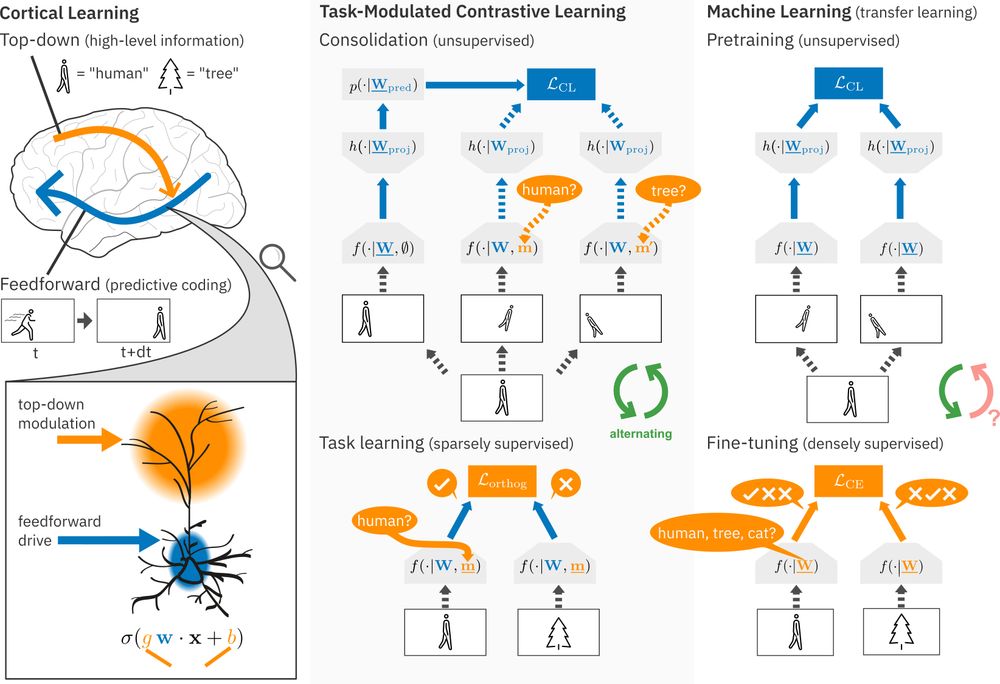
June 10, 2025 at 1:17 PM
New #NeuroAI preprint on #ContinualLearning!
Continual learning methods struggle in mostly unsupervised environments with sparse labels (e.g. parents telling their child the object is an 'apple').
We propose that in the cortex, predictive coding of high-level top-down modulations solves this! (1/6)
Continual learning methods struggle in mostly unsupervised environments with sparse labels (e.g. parents telling their child the object is an 'apple').
We propose that in the cortex, predictive coding of high-level top-down modulations solves this! (1/6)
Reposted by Martin Vinck
Really interesting work by Bakhurin and colleagues challenging the reward prediction error hypothesis of dopamine:
www.nature.com/articles/s41...
I love this figure which both echoes and undermines the famous figure from Schultz et al. (1997).
www.nature.com/articles/s41...
I love this figure which both echoes and undermines the famous figure from Schultz et al. (1997).

October 14, 2025 at 11:05 AM
Really interesting work by Bakhurin and colleagues challenging the reward prediction error hypothesis of dopamine:
www.nature.com/articles/s41...
I love this figure which both echoes and undermines the famous figure from Schultz et al. (1997).
www.nature.com/articles/s41...
I love this figure which both echoes and undermines the famous figure from Schultz et al. (1997).
Reposted by Martin Vinck
Please RT - Open PhD position in my group at the Donders Center for Neuroscience, Radboud University.
We're looking for a PhD candidate interested in developing theories of learning in neural networks.
Applications are open until October 20th.
For more info: www.ru.nl/en/working-a...
We're looking for a PhD candidate interested in developing theories of learning in neural networks.
Applications are open until October 20th.
For more info: www.ru.nl/en/working-a...

PhD Position: Theory of Learning in Artificial and Biologically Inspired Neural Networks | Radboud University
Do you want to work as a PhD candidate Theory of Learning in Artificial and Biologically Inspired Neural Network? Check our vacancy!
www.ru.nl
September 22, 2025 at 5:17 PM
Please RT - Open PhD position in my group at the Donders Center for Neuroscience, Radboud University.
We're looking for a PhD candidate interested in developing theories of learning in neural networks.
Applications are open until October 20th.
For more info: www.ru.nl/en/working-a...
We're looking for a PhD candidate interested in developing theories of learning in neural networks.
Applications are open until October 20th.
For more info: www.ru.nl/en/working-a...
Reposted by Martin Vinck
Can self supervised learning help understand how the brain learns to see the world?
Our latest study, led by Josephine Raugel (FAIR, ENS), is now out:
📄 arxiv.org/pdf/2508.18226
🧵 thread below
Our latest study, led by Josephine Raugel (FAIR, ENS), is now out:
📄 arxiv.org/pdf/2508.18226
🧵 thread below
September 3, 2025 at 5:18 AM
Can self supervised learning help understand how the brain learns to see the world?
Our latest study, led by Josephine Raugel (FAIR, ENS), is now out:
📄 arxiv.org/pdf/2508.18226
🧵 thread below
Our latest study, led by Josephine Raugel (FAIR, ENS), is now out:
📄 arxiv.org/pdf/2508.18226
🧵 thread below
Now out in @cp-cellreports.bsky.social: PV and SOM cells play distinct causal roles in controlling network oscillations and stability
with Matteo di Volo and Farzin Tahvilli
www.cell.com/cell-reports...
with Matteo di Volo and Farzin Tahvilli
www.cell.com/cell-reports...

August 11, 2025 at 1:56 PM
Now out in @cp-cellreports.bsky.social: PV and SOM cells play distinct causal roles in controlling network oscillations and stability
with Matteo di Volo and Farzin Tahvilli
www.cell.com/cell-reports...
with Matteo di Volo and Farzin Tahvilli
www.cell.com/cell-reports...
Reposted by Martin Vinck
New preprint for #neuromorphic and #SpikingNeuralNetwork folk (with @pengfei-sun.bsky.social).
arxiv.org/abs/2507.16043
Surrogate gradients are popular for training SNNs, but some worry whether they really learn complex temporal spike codes. TLDR: we tested this, and yes they can! 🧵👇
🤖🧠🧪
arxiv.org/abs/2507.16043
Surrogate gradients are popular for training SNNs, but some worry whether they really learn complex temporal spike codes. TLDR: we tested this, and yes they can! 🧵👇
🤖🧠🧪
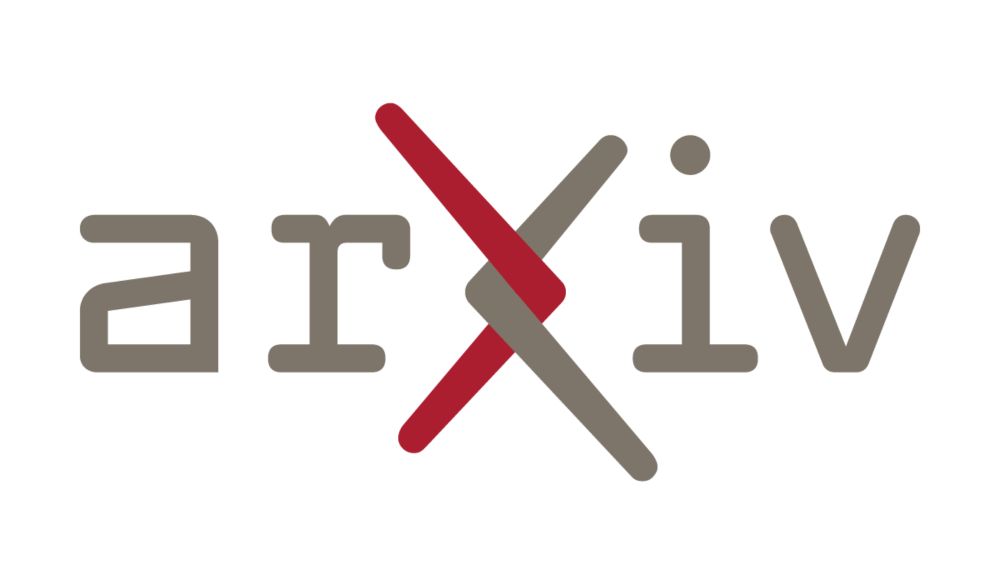
Beyond Rate Coding: Surrogate Gradients Enable Spike Timing Learning in Spiking Neural Networks
We investigate the extent to which Spiking Neural Networks (SNNs) trained with Surrogate Gradient Descent (Surrogate GD), with and without delay learning, can learn from precise spike timing beyond fi...
arxiv.org
July 24, 2025 at 5:03 PM
New preprint for #neuromorphic and #SpikingNeuralNetwork folk (with @pengfei-sun.bsky.social).
arxiv.org/abs/2507.16043
Surrogate gradients are popular for training SNNs, but some worry whether they really learn complex temporal spike codes. TLDR: we tested this, and yes they can! 🧵👇
🤖🧠🧪
arxiv.org/abs/2507.16043
Surrogate gradients are popular for training SNNs, but some worry whether they really learn complex temporal spike codes. TLDR: we tested this, and yes they can! 🧵👇
🤖🧠🧪
Reposted by Martin Vinck
To claim that sensory responses of visual cortical neurons are not prediction errors (based on the data the authors have) is unwarranted. There is ample evidence for stimulus surround and visuomotor prediction errors.
July 14, 2025 at 3:44 PM
To claim that sensory responses of visual cortical neurons are not prediction errors (based on the data the authors have) is unwarranted. There is ample evidence for stimulus surround and visuomotor prediction errors.
Reposted by Martin Vinck
Our collaboration - from PhD work - examining input-specific (EC L3) contributions to rate and temporal coding in CA1 place cells is now out in @natcomms.nature.com 🔬🧠
rdcu.be/evWtz
rdcu.be/evWtz
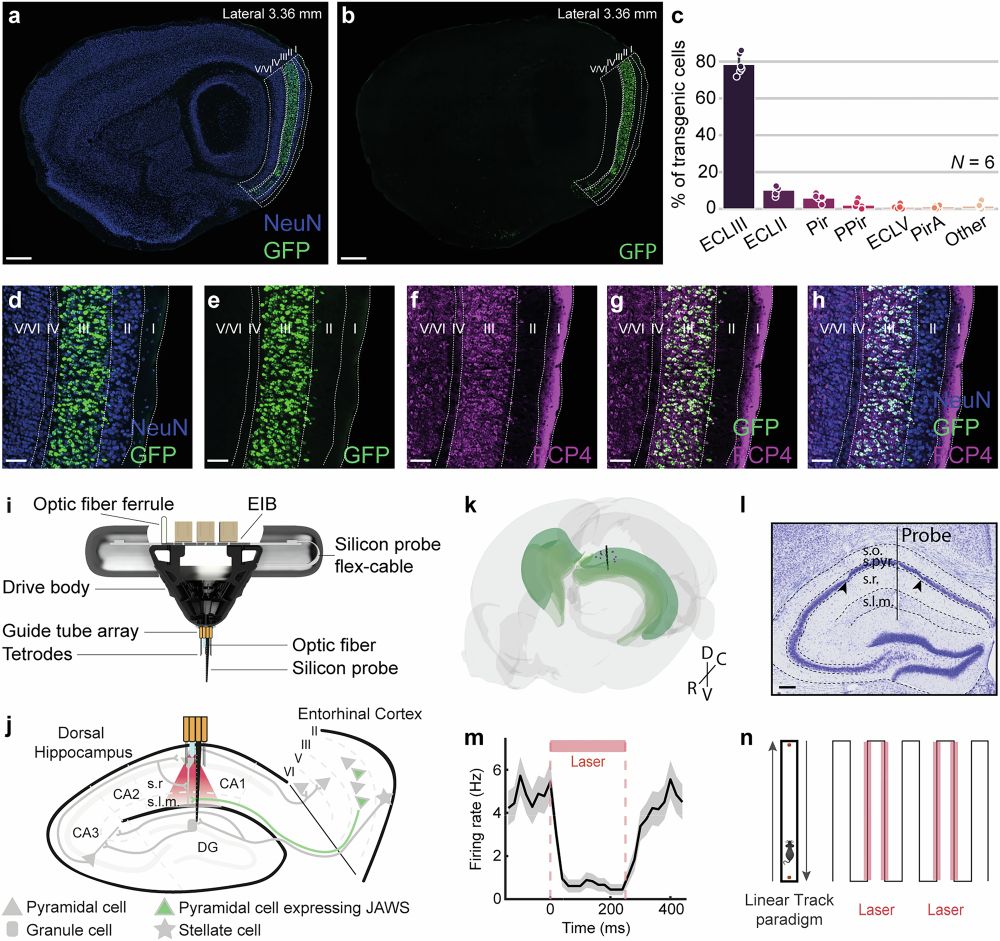
Direct entorhinal control of CA1 temporal coding
Nature Communications - Temporal coding in the hippocampus is thought to be key for memory and predictions. Here, the authors show that blocking one entorhinal input affects two aspects of...
rdcu.be
July 12, 2025 at 5:09 PM
Our collaboration - from PhD work - examining input-specific (EC L3) contributions to rate and temporal coding in CA1 place cells is now out in @natcomms.nature.com 🔬🧠
rdcu.be/evWtz
rdcu.be/evWtz
The situation in Germany has also gotten more difficult with NHP experiments in several ways - I am curious if we are / will be seeing the same trend as in the Netherlands. Is Europe setting an example, or is it just relying on the convenient fact that NHP research will be done elsewhere anyway?
This should be bigger news - the Dutch parliament decided to strongly reduce non-human primates experiments. Subsidy for the large primate center - which includes important virology research unique in Europe - is gradually reduced to zero by 2030. Going towards the end of NHP research in NL...
Het amendement van Ines Kostić (#PvdD) c.s. over middelen voor het verminderen van apenproeven, is aangenomen. (36725-VIII-11) #TweedeKamer
[Volledige tekst]
[Volledige tekst]
July 12, 2025 at 5:07 AM
The situation in Germany has also gotten more difficult with NHP experiments in several ways - I am curious if we are / will be seeing the same trend as in the Netherlands. Is Europe setting an example, or is it just relying on the convenient fact that NHP research will be done elsewhere anyway?
This should be bigger news - the Dutch parliament decided to strongly reduce non-human primates experiments. Subsidy for the large primate center - which includes important virology research unique in Europe - is gradually reduced to zero by 2030. Going towards the end of NHP research in NL...
Het amendement van Ines Kostić (#PvdD) c.s. over middelen voor het verminderen van apenproeven, is aangenomen. (36725-VIII-11) #TweedeKamer
[Volledige tekst]
[Volledige tekst]

July 12, 2025 at 4:50 AM
This should be bigger news - the Dutch parliament decided to strongly reduce non-human primates experiments. Subsidy for the large primate center - which includes important virology research unique in Europe - is gradually reduced to zero by 2030. Going towards the end of NHP research in NL...
Reposted by Martin Vinck
Together with @repromancer.bsky.social, I have been musing for a while that the exponentiated gradient algorithm we've advocated for comp neuro would work well with low-precision ANNs.
This group got it working!
arxiv.org/abs/2506.17768
May be a great way to reduce AI energy use!!!
#MLSky 🧪
This group got it working!
arxiv.org/abs/2506.17768
May be a great way to reduce AI energy use!!!
#MLSky 🧪
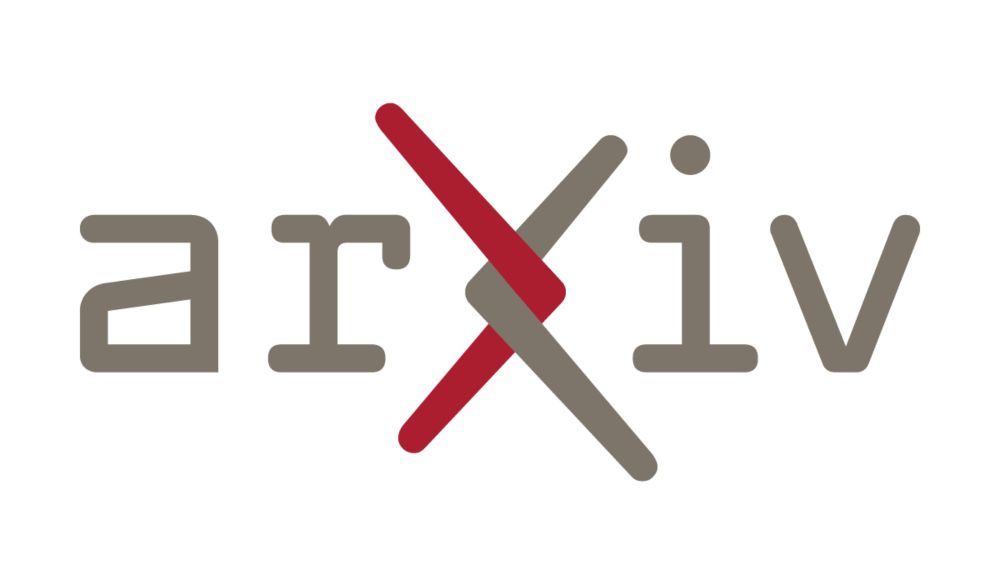
Log-Normal Multiplicative Dynamics for Stable Low-Precision Training of Large Networks
Studies in neuroscience have shown that biological synapses follow a log-normal distribution whose transitioning can be explained by noisy multiplicative dynamics. Biological networks can function sta...
arxiv.org
July 9, 2025 at 2:34 PM
Together with @repromancer.bsky.social, I have been musing for a while that the exponentiated gradient algorithm we've advocated for comp neuro would work well with low-precision ANNs.
This group got it working!
arxiv.org/abs/2506.17768
May be a great way to reduce AI energy use!!!
#MLSky 🧪
This group got it working!
arxiv.org/abs/2506.17768
May be a great way to reduce AI energy use!!!
#MLSky 🧪
Reposted by Martin Vinck
It’s ironic that amid huge cuts to science and education funding and enforcement of Dutch-only programs, extra money is spent attracting US scientists. I support international collaboration, but without investing in our own students and education, science can’t thrive.
www.nwo.nl/en/news/upda...
www.nwo.nl/en/news/upda...
Update on the fund for leading international scientists: advance announcement of the Tulip Fund | NWO
NWO has made 25 million euros available to facilitate the transition of top international researchers to the Netherlands. Later this summer, the call for proposals for the Tulip Fund, as the new fund will be called, will open. The fund will enable renowned international scientists from outside the EU to continue their research at a Dutch research institution. Knowledge institutions can nominate top researchers or talents who wish to continue their work here in the Netherlands due to the growing threats to academic freedom to be considered for funding.
www.nwo.nl
July 10, 2025 at 4:20 PM
It’s ironic that amid huge cuts to science and education funding and enforcement of Dutch-only programs, extra money is spent attracting US scientists. I support international collaboration, but without investing in our own students and education, science can’t thrive.
www.nwo.nl/en/news/upda...
www.nwo.nl/en/news/upda...
Reposted by Martin Vinck
The firing of neural populations is high-dim even if their subthreshold activity is low-dim! This work by @bio-emergent.bsky.social and @haydari.bsky.social shows how, with a solvable model, a data analysis technique, and data from mouse visual cortex: www.biorxiv.org/content/10.1...

High-dimensional neuronal activity from low-dimensional latent dynamics: a solvable model
Computation in recurrent networks of neurons has been hypothesized to occur at the level of low-dimensional latent dynamics, both in artificial systems and in the brain. This hypothesis seems at odds ...
www.biorxiv.org
June 9, 2025 at 11:49 AM
The firing of neural populations is high-dim even if their subthreshold activity is low-dim! This work by @bio-emergent.bsky.social and @haydari.bsky.social shows how, with a solvable model, a data analysis technique, and data from mouse visual cortex: www.biorxiv.org/content/10.1...
Reposted by Martin Vinck
I am opening one PhD position at the Neuroscience Center @uhneuro.bsky.social, focusing on large-scale neural interactions in perception and prediction (ECoG/LFPs/MEG) across human and non-human primates using comp. modeling and information theory. contact: www.helsinki.fi/en/hilife-he...
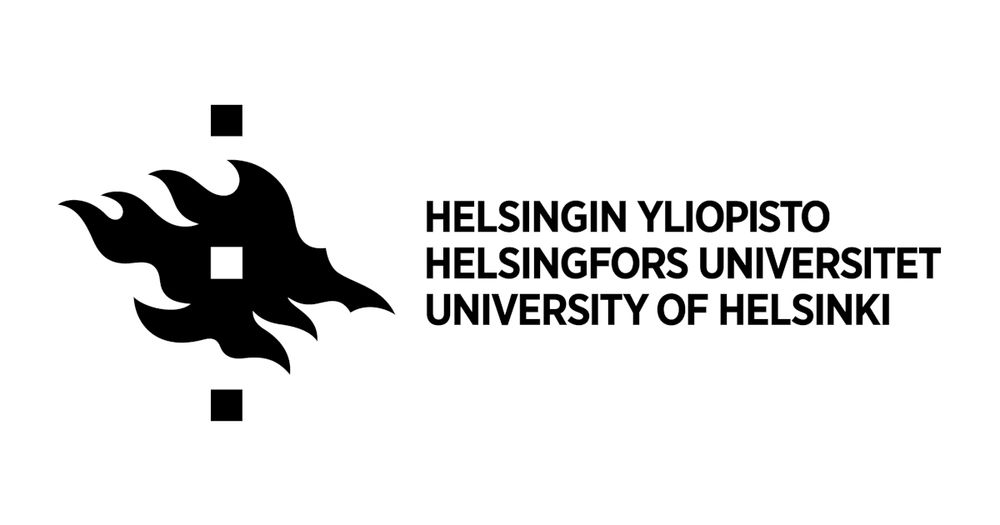
Large-scale interactions in perception and prediction across species | HiLIFE – Helsinki Institute of Life Science | University of Helsinki
Andres Canales-Johnson research group
www.helsinki.fi
May 30, 2025 at 11:01 AM
I am opening one PhD position at the Neuroscience Center @uhneuro.bsky.social, focusing on large-scale neural interactions in perception and prediction (ECoG/LFPs/MEG) across human and non-human primates using comp. modeling and information theory. contact: www.helsinki.fi/en/hilife-he...
Reposted by Martin Vinck
All our motor control modelling efforts focus on closed-loop systems for this reason:
"...closed-loop and open-loop training produce fundamentally different learning dynamics, even when using identical architectures and converging to the same final solution."
arxiv.org/abs/2505.13567
"...closed-loop and open-loop training produce fundamentally different learning dynamics, even when using identical architectures and converging to the same final solution."
arxiv.org/abs/2505.13567

Learning Dynamics of RNNs in Closed-Loop Environments
Recurrent neural networks (RNNs) trained on neuroscience-inspired tasks offer powerful models of brain computation. However, typical training paradigms rely on open-loop, supervised settings, whereas ...
arxiv.org
May 29, 2025 at 5:28 PM
All our motor control modelling efforts focus on closed-loop systems for this reason:
"...closed-loop and open-loop training produce fundamentally different learning dynamics, even when using identical architectures and converging to the same final solution."
arxiv.org/abs/2505.13567
"...closed-loop and open-loop training produce fundamentally different learning dynamics, even when using identical architectures and converging to the same final solution."
arxiv.org/abs/2505.13567
With all the sad developments in the US - go study in the Netherlands: relatively low tuition (and adequate job search visa after graduating) for high-quality programs like this one in Neurophysics or Cognitive Neuroscience at the neuroscience Donders hub
Come study at the @dondersinst.bsky.social Neurophysics Master!

May 27, 2025 at 7:57 PM
With all the sad developments in the US - go study in the Netherlands: relatively low tuition (and adequate job search visa after graduating) for high-quality programs like this one in Neurophysics or Cognitive Neuroscience at the neuroscience Donders hub
Reposted by Martin Vinck
Delighted to share our latest article at #CerebralCortex: "Odorant representations indicate nonlinear processing across the olfactory system". A transatlantic effort led by Jesus Olivares, with Pato Orio, Viktor Sadilek, and Oliver Schmachtenberg. Thread below 👇
academic.oup.com/cercor/artic...
academic.oup.com/cercor/artic...

May 22, 2025 at 9:33 AM
Delighted to share our latest article at #CerebralCortex: "Odorant representations indicate nonlinear processing across the olfactory system". A transatlantic effort led by Jesus Olivares, with Pato Orio, Viktor Sadilek, and Oliver Schmachtenberg. Thread below 👇
academic.oup.com/cercor/artic...
academic.oup.com/cercor/artic...
Reposted by Martin Vinck
New preprint, w/ @predictivebrain.bsky.social !
we've found that visual cortex, even when just viewing natural scenes, predicts *higher-level* visual features
The aligns with developments in ML, but challenges some assumptions about early sensory cortex
www.biorxiv.org/content/10.1...
we've found that visual cortex, even when just viewing natural scenes, predicts *higher-level* visual features
The aligns with developments in ML, but challenges some assumptions about early sensory cortex
www.biorxiv.org/content/10.1...

Higher-level spatial prediction in natural vision across mouse visual cortex
Theories of predictive processing propose that sensory systems constantly predict incoming signals, based on spatial and temporal context. However, evidence for prediction in sensory cortex largely co...
www.biorxiv.org
May 23, 2025 at 11:39 AM
New preprint, w/ @predictivebrain.bsky.social !
we've found that visual cortex, even when just viewing natural scenes, predicts *higher-level* visual features
The aligns with developments in ML, but challenges some assumptions about early sensory cortex
www.biorxiv.org/content/10.1...
we've found that visual cortex, even when just viewing natural scenes, predicts *higher-level* visual features
The aligns with developments in ML, but challenges some assumptions about early sensory cortex
www.biorxiv.org/content/10.1...

